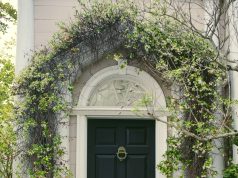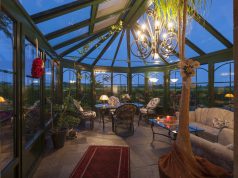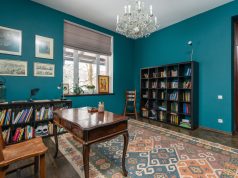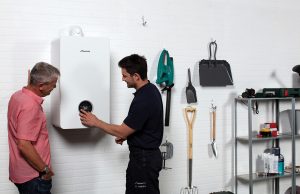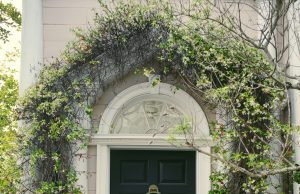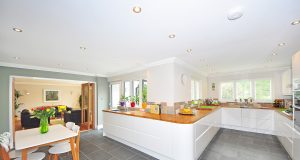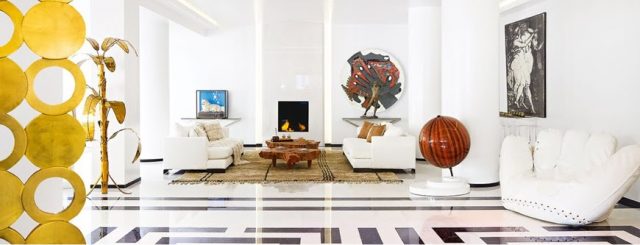
To the artist, every blank surface has the allure of an unpainted canvas. In interior design, every empty space becomes the canvas. Décor becomes the very essence of a home, perhaps in the same sense that a soul is the essence of the body.
Implemented with care and skill, the right décor in the right space is a sight to behold. As with all things worth their while, that is easier said than done. Simply, the sheer number of interior decorating options becomes a stumbling block for most people.
The Basic Principles
Here is a simple guide to the basics. It covers six aspects that are universally applicable, regardless of the type of home, existing décor or vibe you want to create.
- Function
- Harmony
- Flow
- Accents
- Scale
- Equilibrium
Function
It is a common misperception that interior design is all about the aesthetics. Sure, exquisite visual stimulation is a central part of any interesting space but it should not inhibit the overarching tenet: function.
Interior design seeks to transform every space into a fulfilment of its potential. Achieving this involves looking beyond the basics of colour or fascinating artwork. A space is truly well-designed when you can sense its purpose the moment you step inside.
As an example, the furniture and lighting from premium interior décor specialists thekairoscollective.com are exquisite, yes, but they are also perfectly designed for their specific roles.
Harmony
When we have achieved functional fidelity, the prime concern that follows is a consistent vibe. A sense of harmony emanates from spaces that have been designed along the same – or complementary – lines.
Harmonious spaces embody a core set of characteristics. This unity may adhere to the principles of tone, colour, style, texture and other unifying factors. The objective is to create an uninterrupted visual flow that moves seamlessly from element to element, creating a whole that is more than the sum of its parts.
Techniques used in this respect allow pieces from disparate eras and style schools to work together as one.
Flow
With harmony comes a natural flow of rhythms, if handled with the required finesse. The concept of flow alludes to how the presence of no single item jars the senses. Instead, there is an all-encompassing current that sweeps through the entirety of the surrounding space.
Don’t mistake the principle of flow as a veto of striking décor. Prominent, eye-catching pieces certainly have a place within the stream of design. They fit in easily when presented in unique ways that coalesce with the innate character of the room.
One way to do this is to adhere to a particular shape. So, square furniture and four paintings hung in a square grid maintain the rhythm even if the latter are much brighter, and this maintains the flow.
Accents
A space that simply flows can be tepid in isolation; accents are needed to punctuate the discourse and infuse it with a life of its own. An accent is the centre of attraction within its sphere of influence, drawing the eye and captivating the senses.
While all the other elements discussed here are singular, accents can be used multiple times within a space. Some spaces, particularly larger ones, work better with several eye-catching focal points.
Often, multiple accents are inherent to a room because of the essential furniture and fittings it contains.
Scale
Scale is the medium through which a space exudes the perception of its size. Used intelligently, the relative scale of a room to the objects within can be used to create an illusion of spaciousness. It is also an effective way to create dramatic focal points where you want the emphasis to lie.
Variations of scale in a room can be intriguing. Interior designers often use oversized accessories and fixtures to achieve this. Not only do such objects draw the eye to an intended point but they also transform it into a conversation piece.
Equilibrium
Our journey culminates in equilibrium, which is not simply a principle to follow but a universal ingredient of aesthetics in every field. It is the essence of balance that we sense when entering a space.
Equilibrium is not simply symmetry – inspired placement can just as easily create balance out of asymmetry. Texture, colour, shape and placement can all be part of the equation here. Their interplay creates a streamlined energy that imbues an overall pleasing balance.

